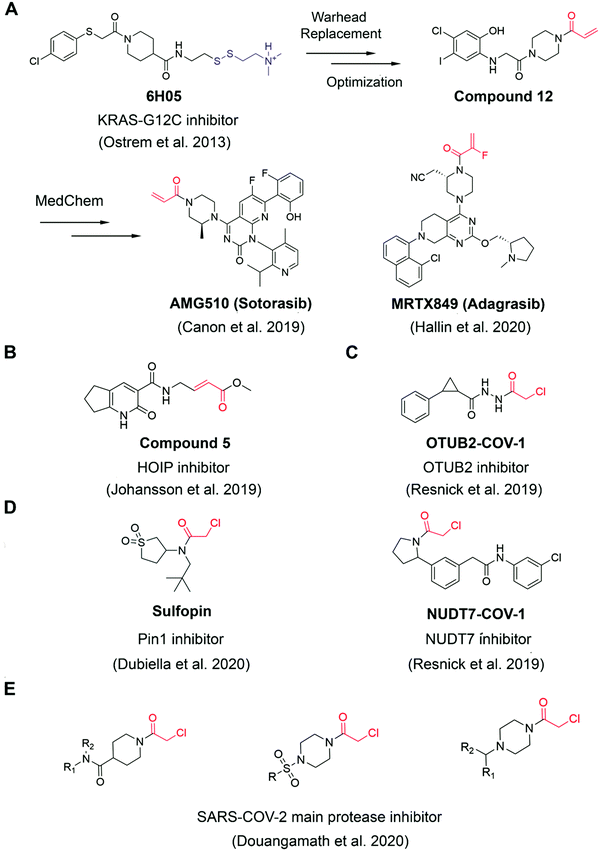 Open Access Article
Open Access ArticleCreative Commons Attribution 3.0 Unported Licence
Correction: Fragment-based covalent ligand discovery
Wenchao
Lu
ab,
Milka
Kostic
a,
Tinghu
Zhang
ab,
Jianwei
Che
abc,
Matthew P.
Patricelli
d,
Lyn H.
Jones
c,
Edward T.
Chouchani
ae and
Nathanael S.
Gray
*ab
aDepartment of Cancer Biology, Dana-Farber Cancer Institute, Boston, MA 02215, USA. E-mail: nathanael_gray@dfci.harvard.edu
bDepartment of Biological Chemistry and Molecular Pharmacology, Harvard Medical School, Boston, MA 02215, USA
cCenter for Protein Degradation, Dana-Farber Cancer Institute, Boston, MA 02215, USA
dVividion Therapeutics, La Jolla, CA 92121, USA
eDepartment of Cell Biology, Harvard Medical School, Boston, MA 02215, USA
First published on 22nd February 2021
Abstract
Correction for ‘Fragment-based covalent ligand discovery’ by Wenchao Lu et al., RSC Chem. Biol., 2021, DOI: 10.1039/d0cb00222d.
The authors regret that an incorrect version of Fig. 2 was included in the original article, where the structure of Sulfopin in Fig. 2D was incorrectly shown. The correct version of Fig. 2 is presented below.
The Royal Society of Chemistry apologises for these errors and any consequent inconvenience to authors and readers.
| This journal is © The Royal Society of Chemistry 2021 |

